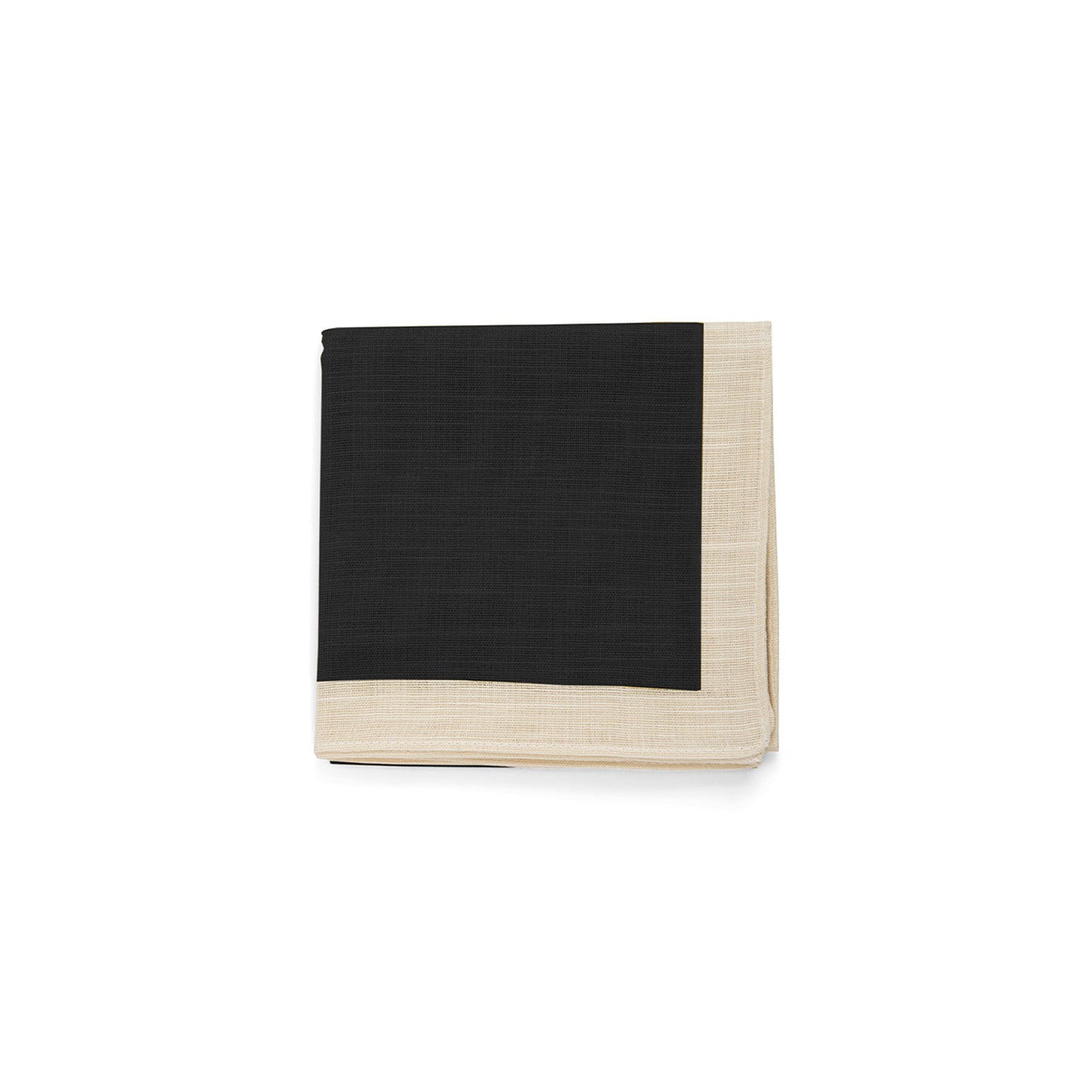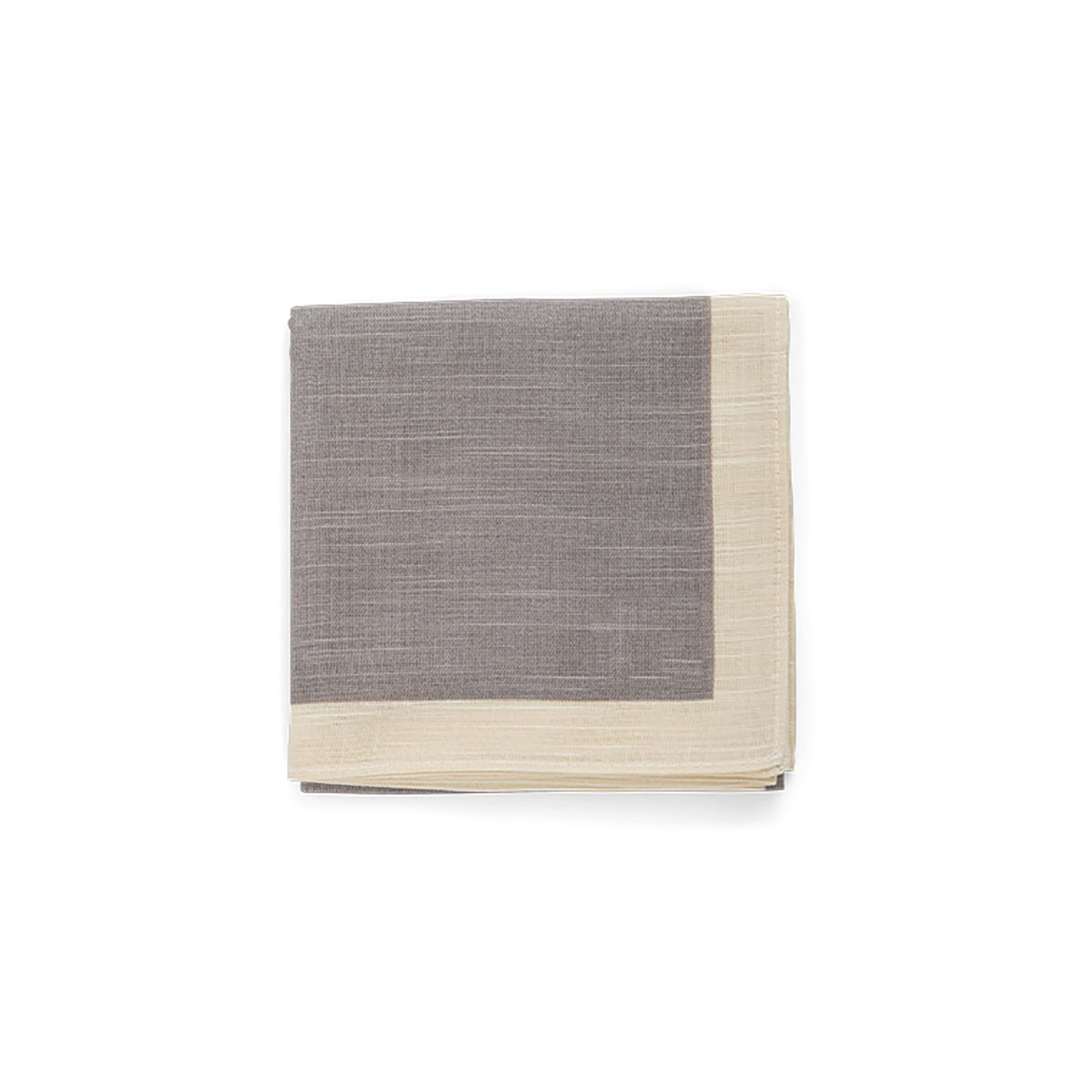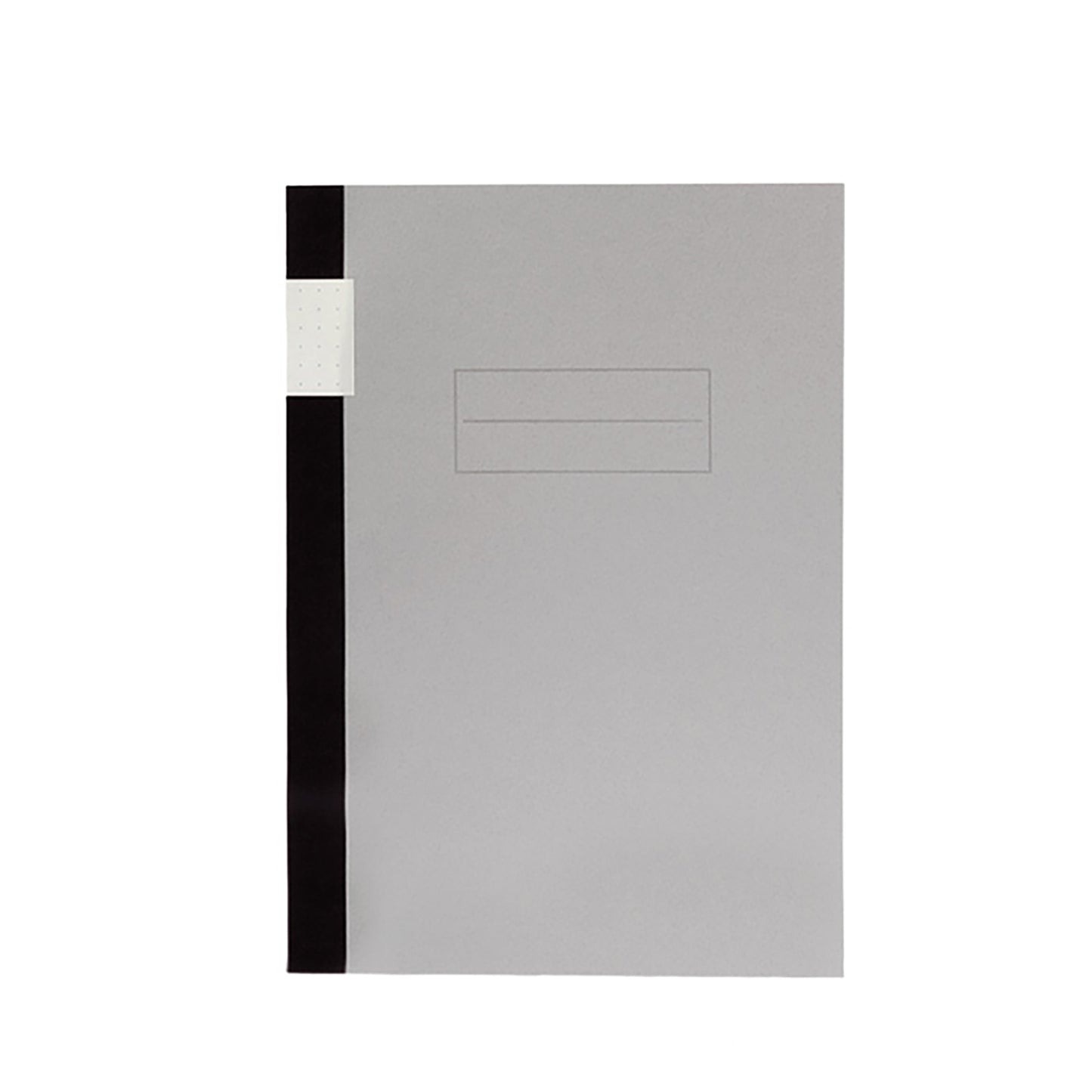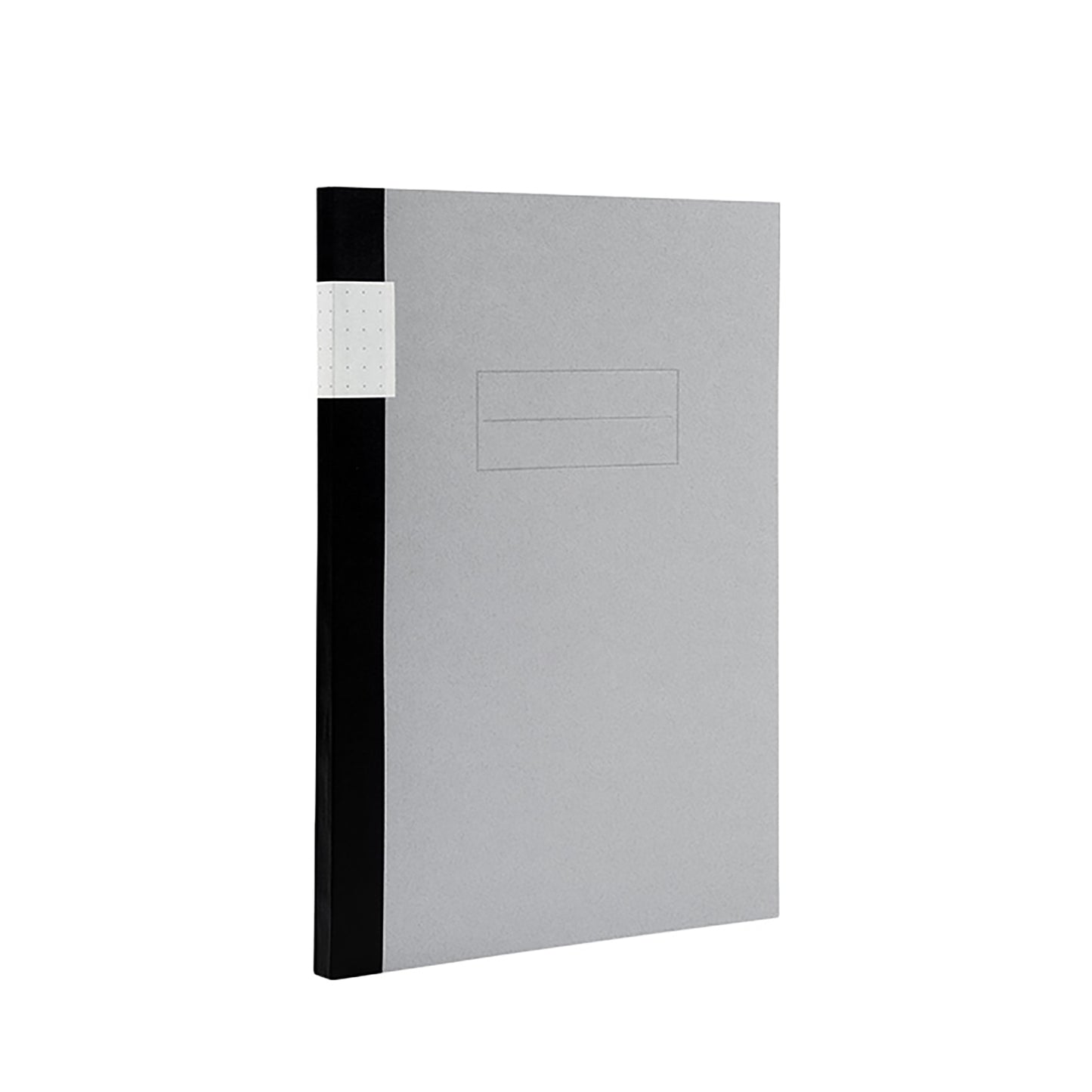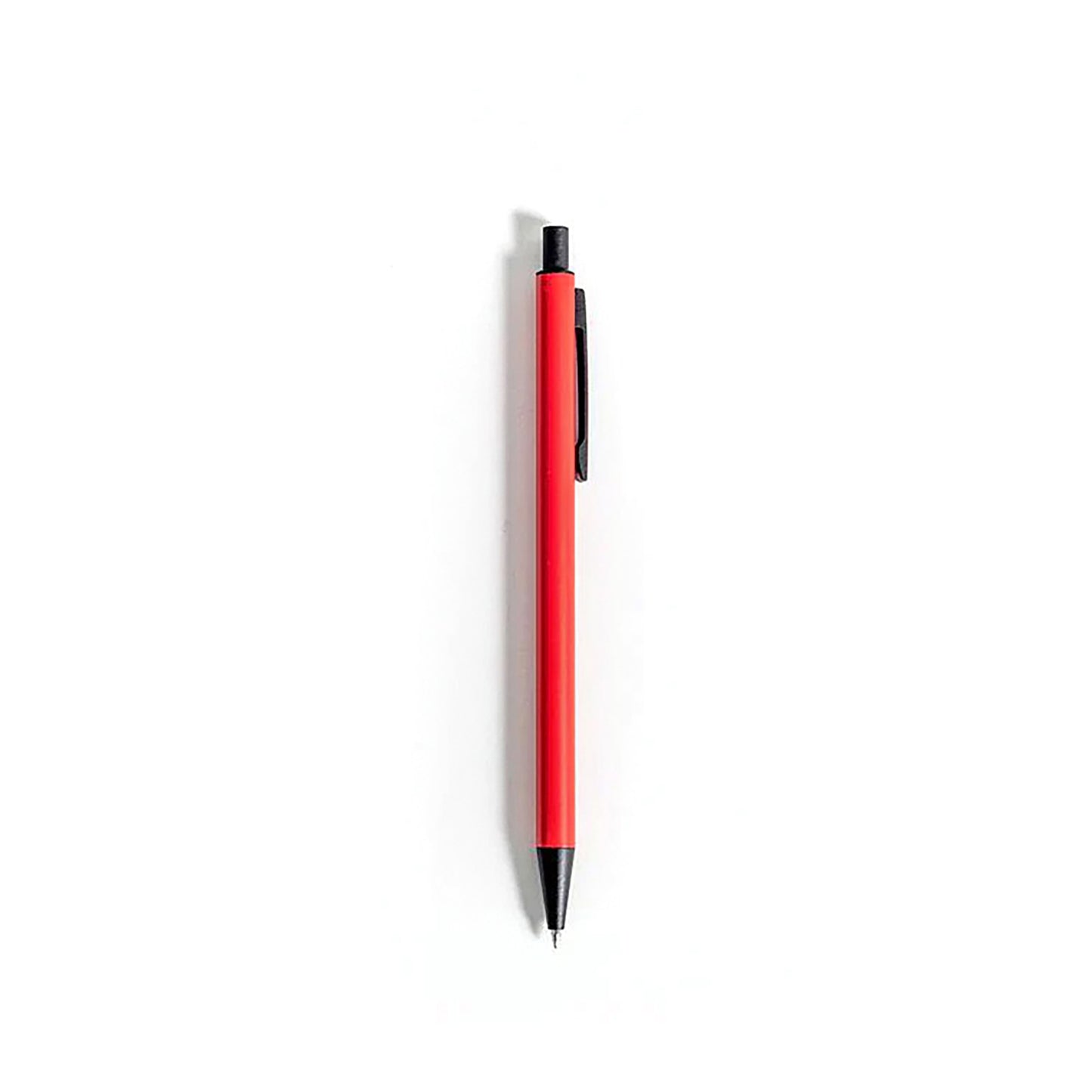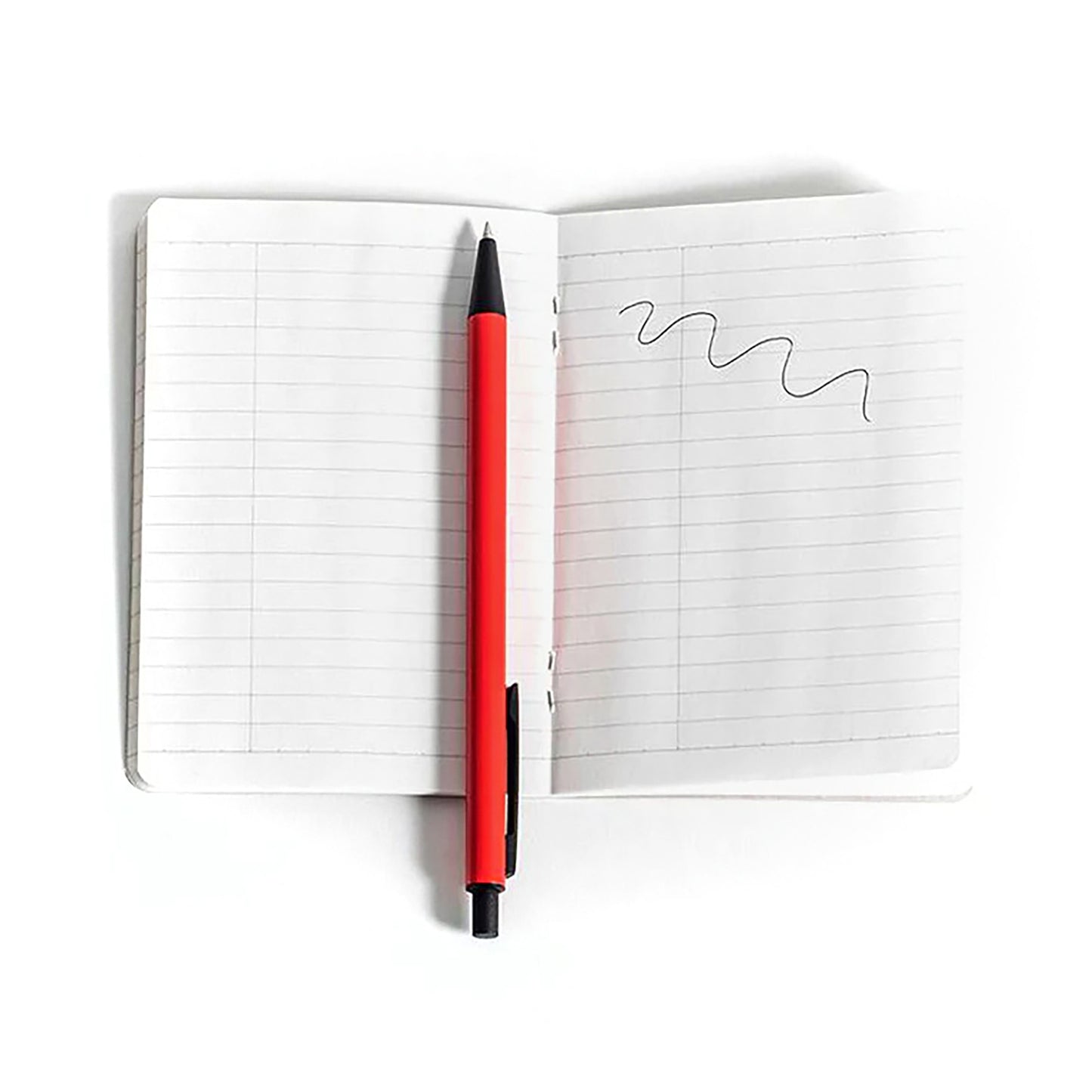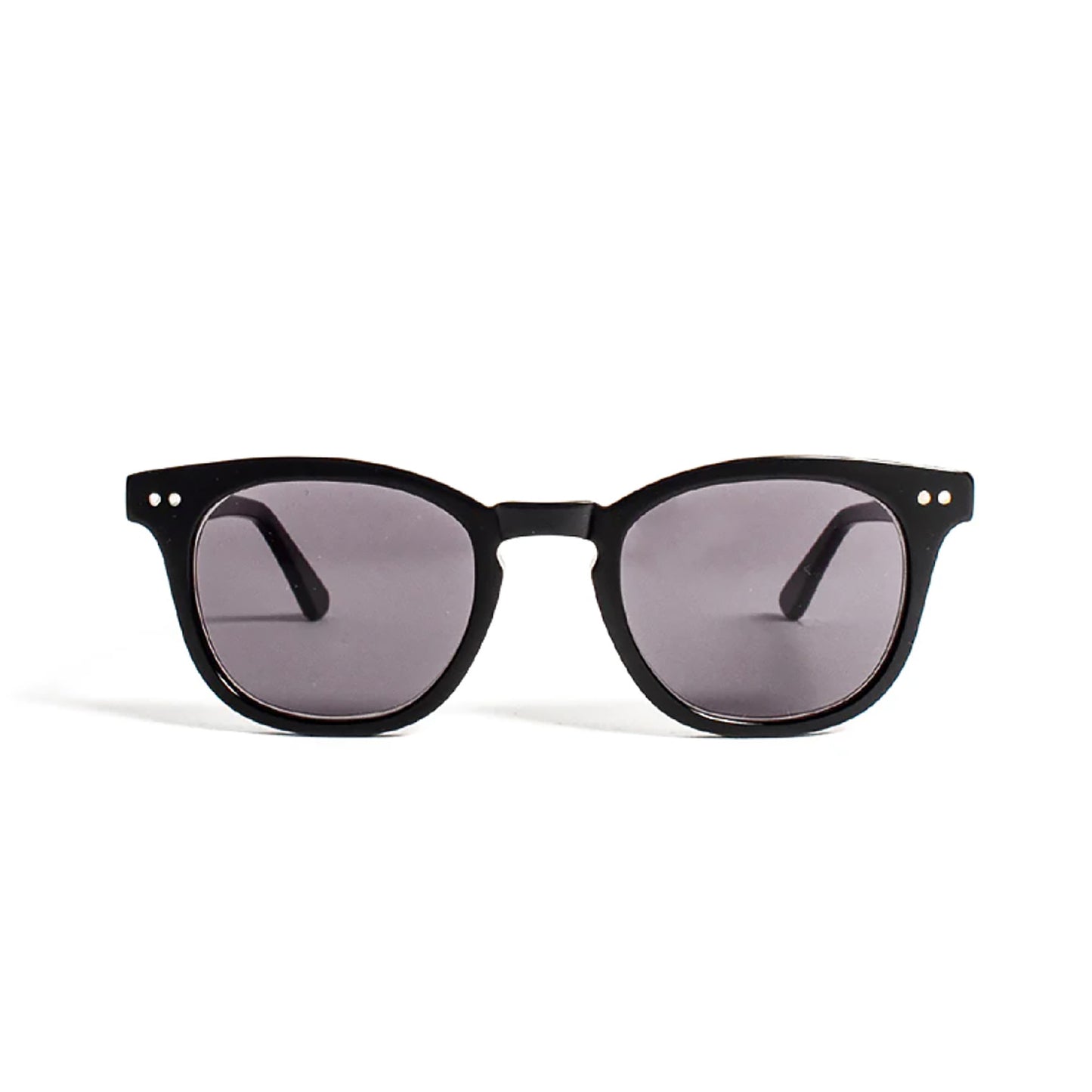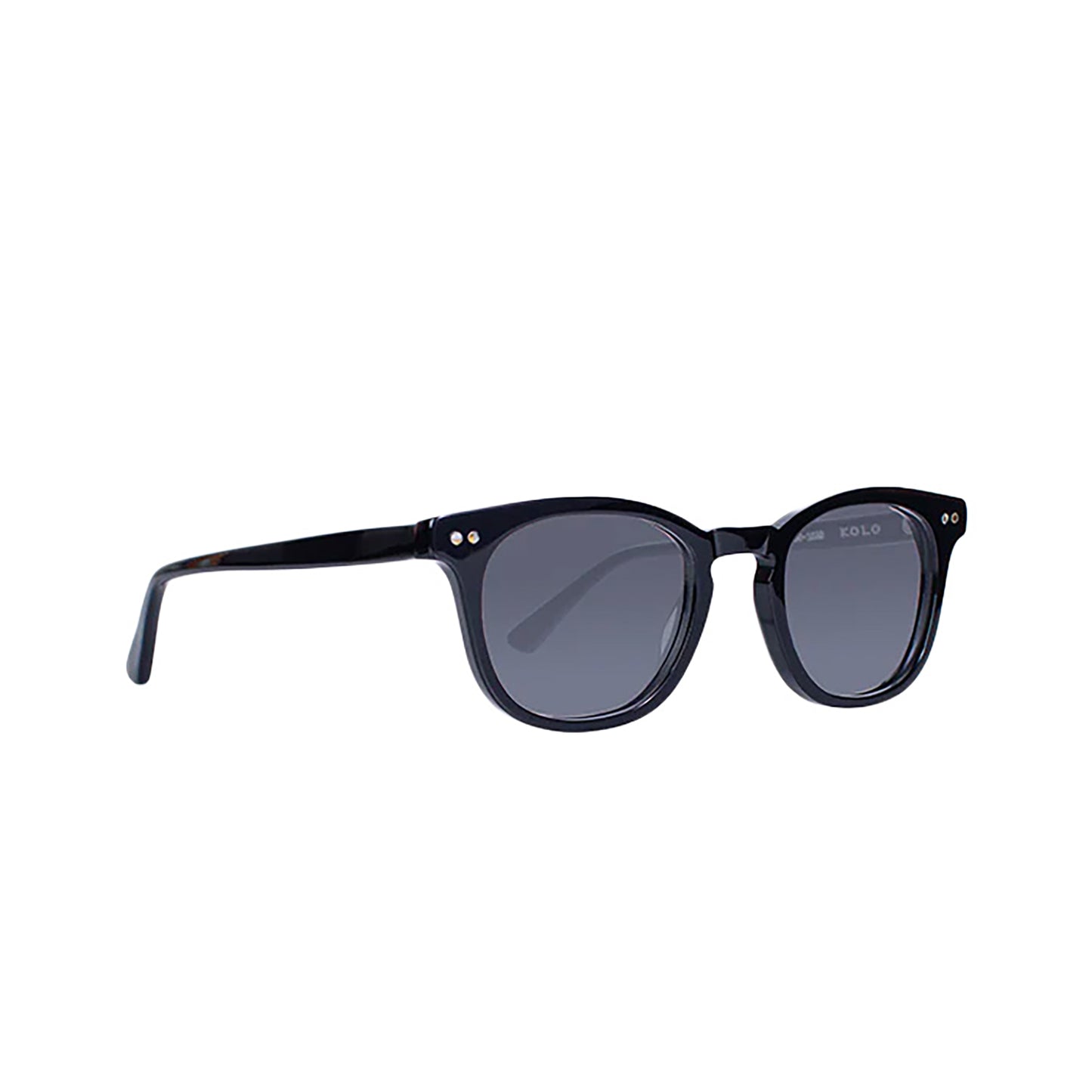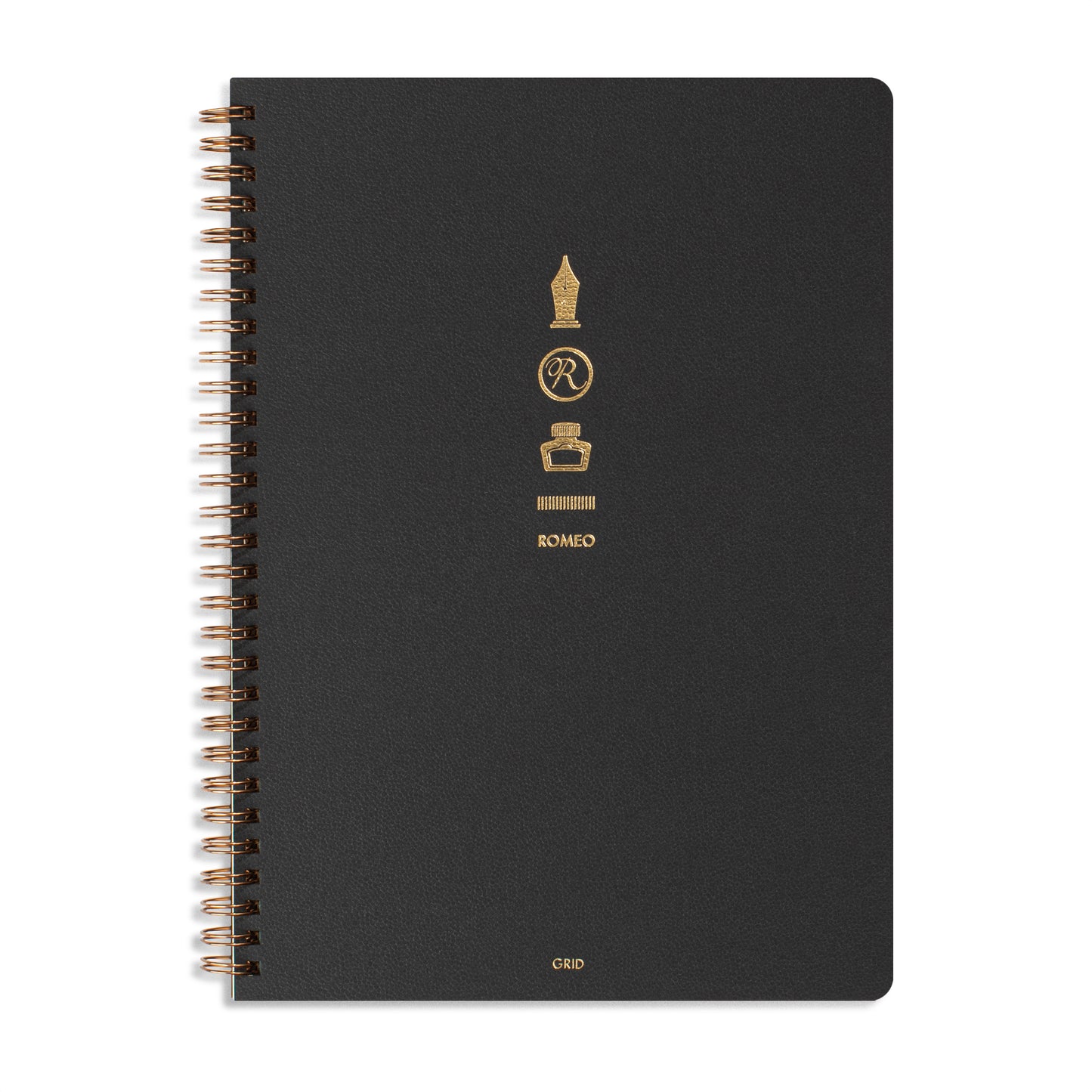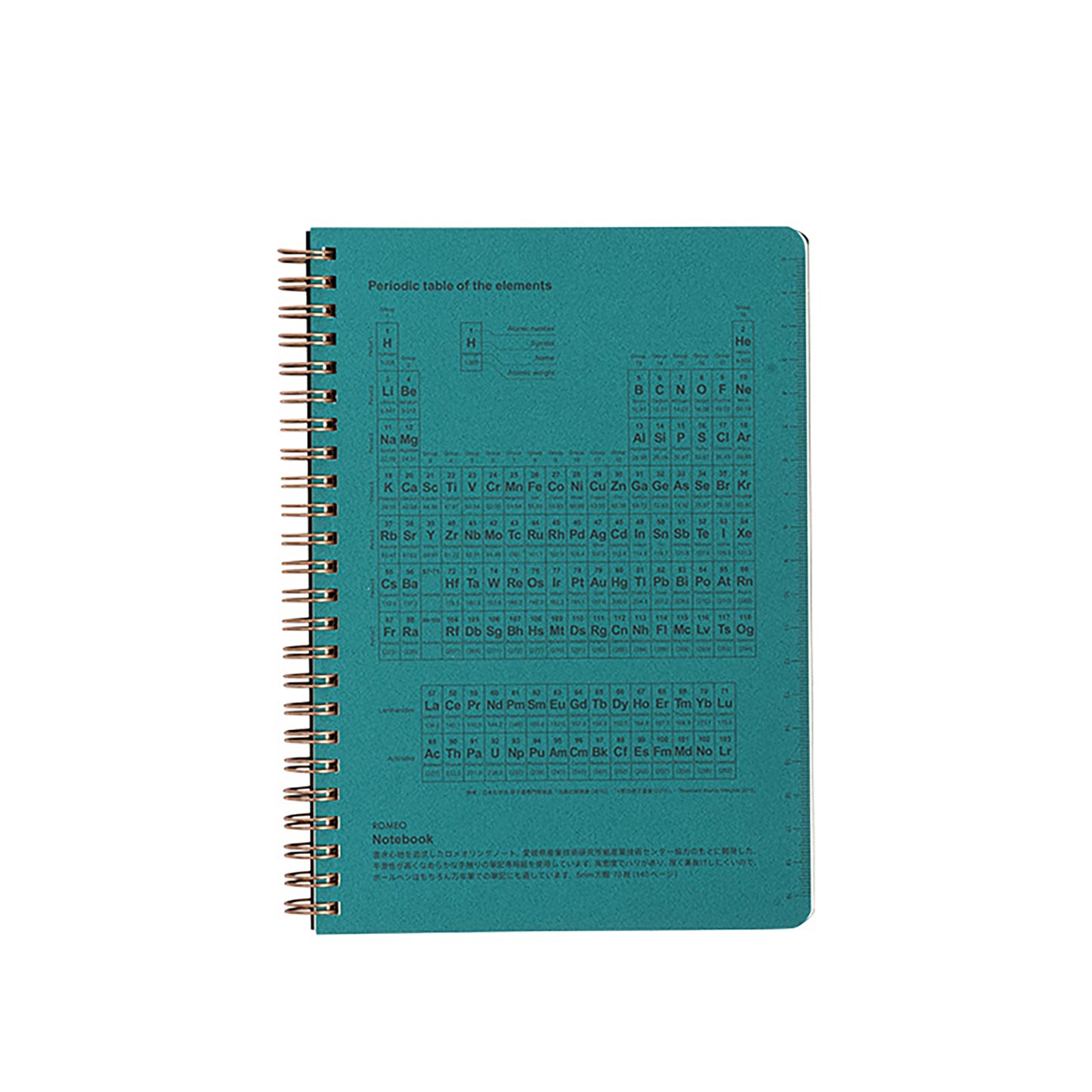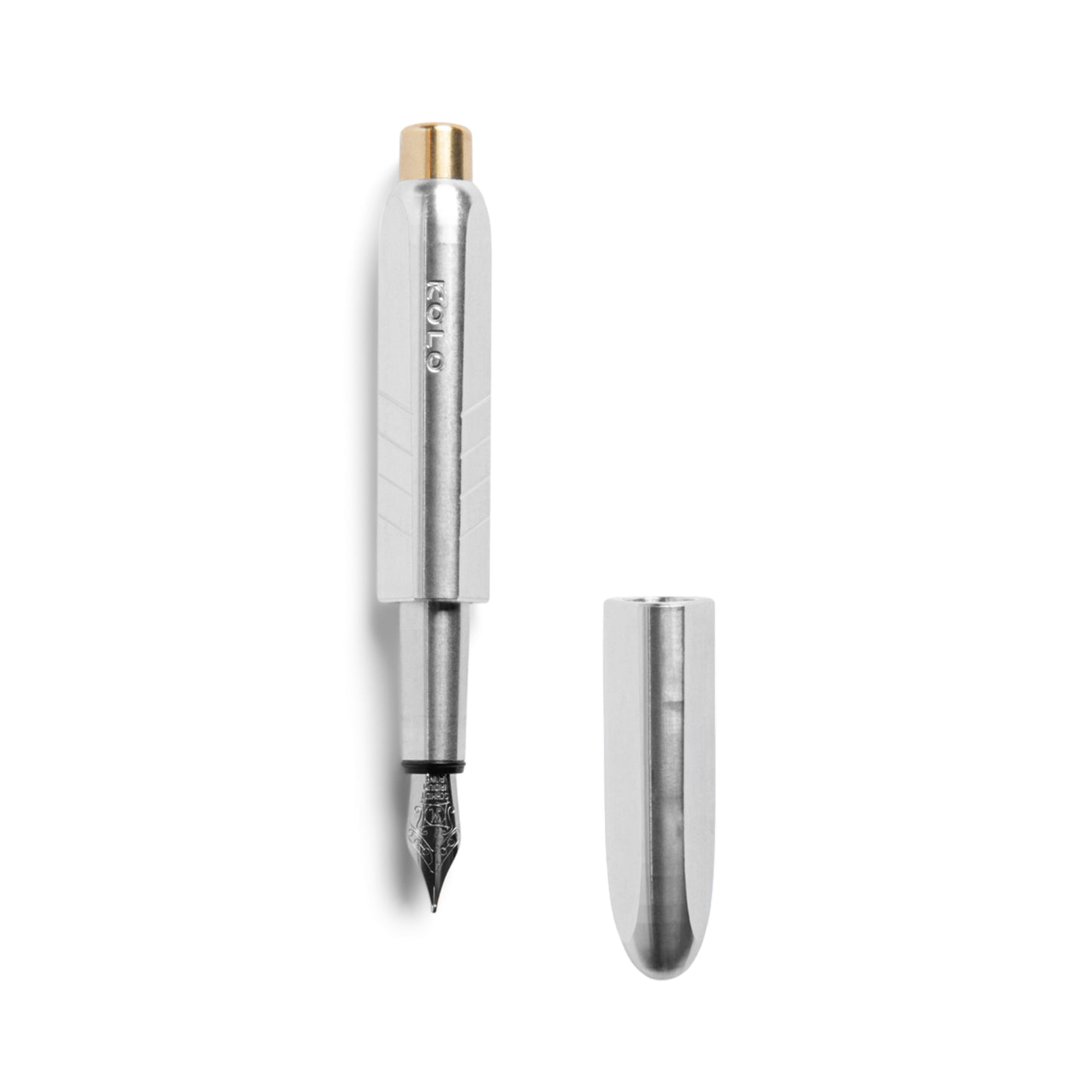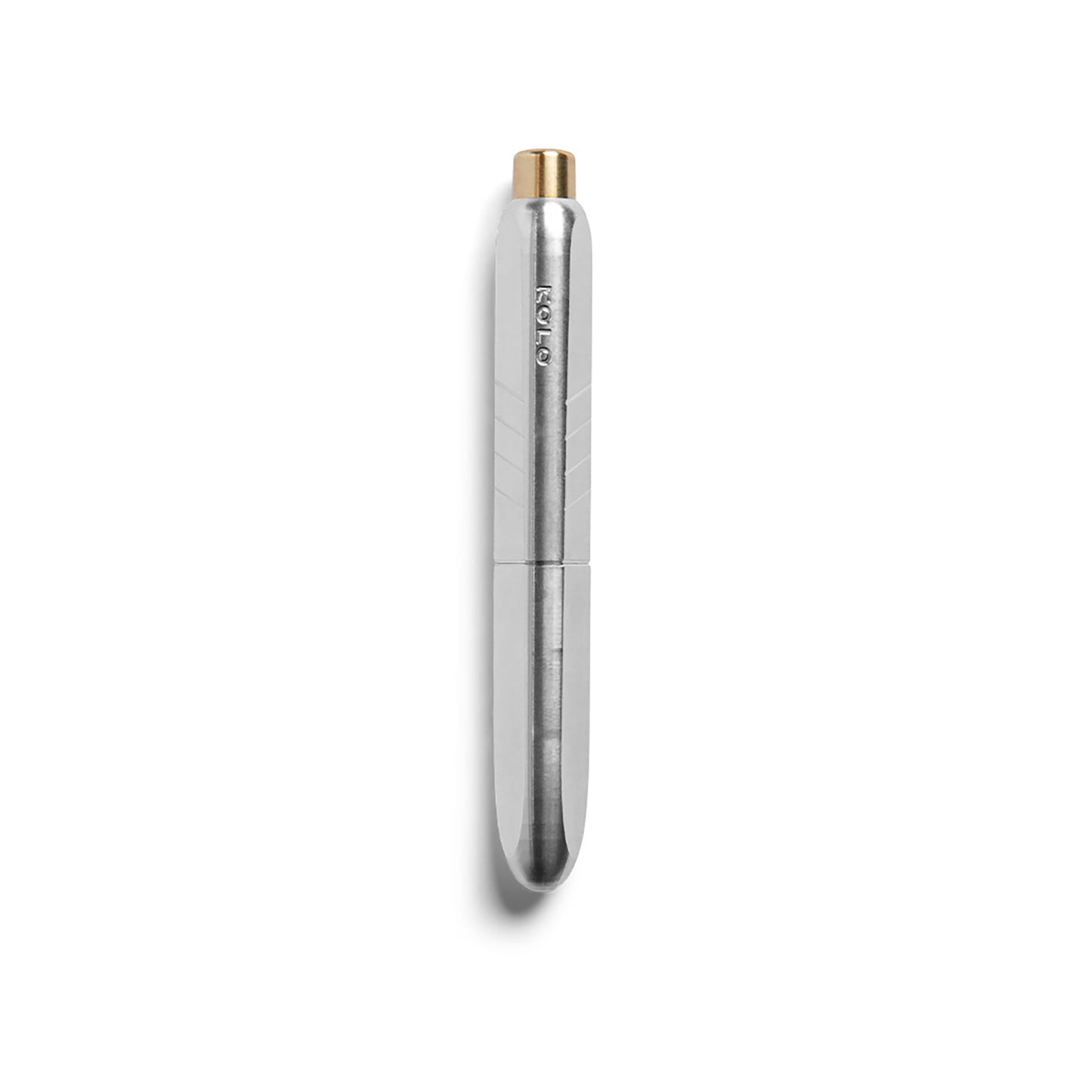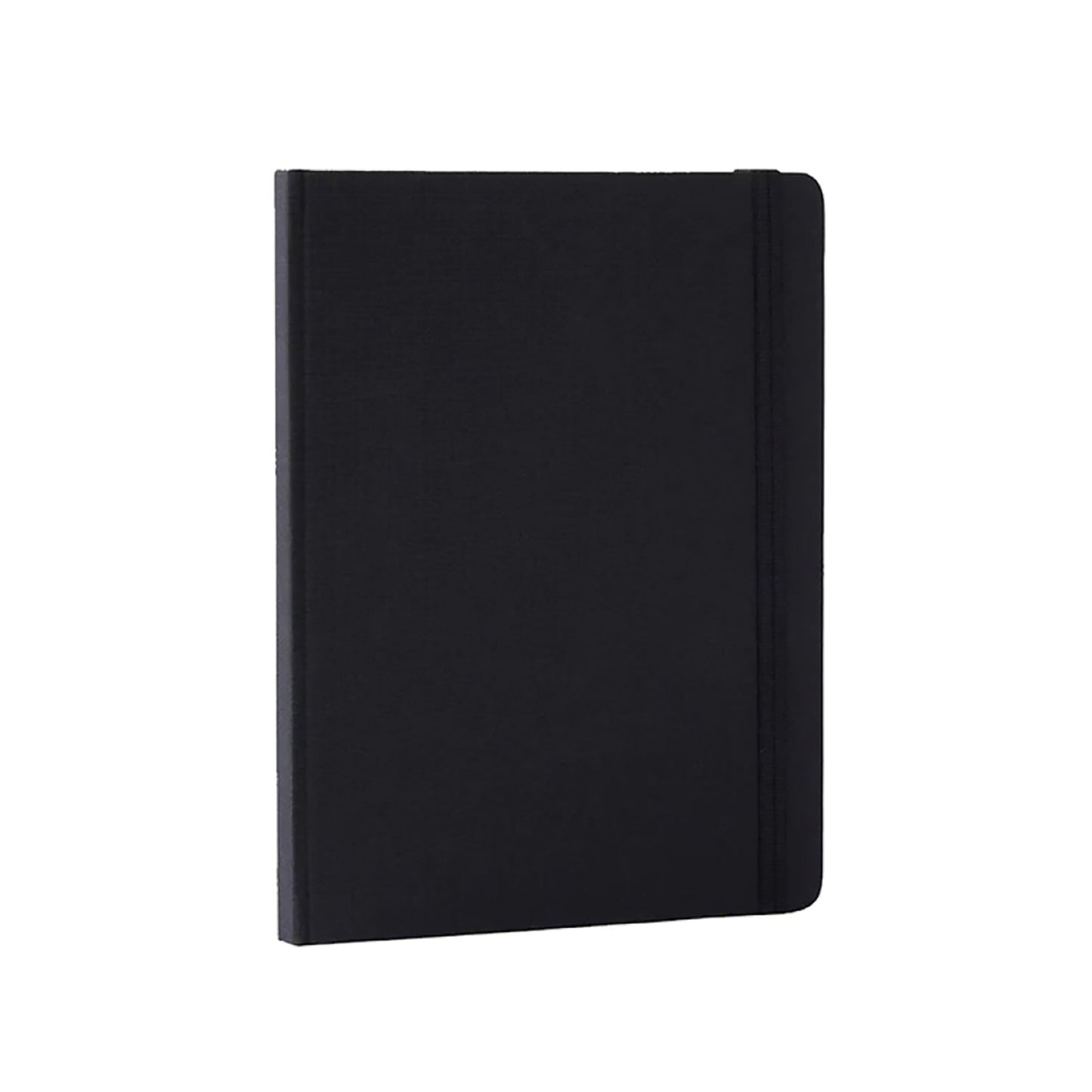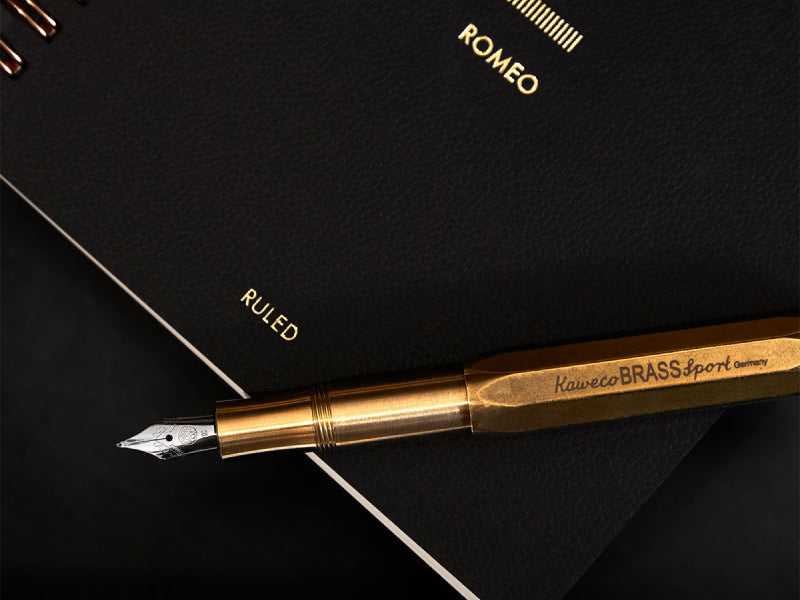
In an age dominated by screens, keyboards, and digital communication, the fountain pen—a tool that many thought was a relic of the past—is experiencing an unlikely renaissance. Both vintage fountain pens and their modern sport-sized counterparts are capturing the imagination of writers, artists, and even casual enthusiasts. But what’s driving this newfound enthusiasm for an analog tool in a digital age? Let’s delve into the fascinating story behind the rise of fountain pens and their contemporary role in modern culture.
A Nostalgic Connection to the Past
Fountain pens evoke a sense of nostalgia and connection to a time when handwritten communication was the norm. In the mid-20th century, items like cigarette cases and lighters served as small, personal accessories that spoke volumes about their owners' style and identity. Fountain pens, with their intricate designs and heritage, have stepped into this role in the modern era.
For collectors and enthusiasts, vintage fountain pens offer a tangible link to history. Brands like Parker, Waterman, Montblanc, and Pelikan have long-standing legacies that date back over a century. Owning and using these pens isn’t just about writing; it’s about preserving craftsmanship, appreciating art, and connecting with a slower, more intentional way of life. The resurgence in vintage pen collecting highlights a yearning for objects with stories, ones that transcend the disposable culture of modern consumerism.
The Rise of the Modern Sport Fountain Pen
While vintage pens carry the weight of history, modern innovations have made fountain pens more accessible and practical for today’s users. Sport fountain pens, in particular, have redefined the category. Compact, lightweight, and designed for portability, these pens are perfectly suited for modern lifestyles. Iconic models like the Kaweco Sport and Lamy Pico are small enough to fit in a pocket, yet they retain the elegance and writing quality that fountain pen enthusiasts expect.
This rise in popularity can be likened to the golden age of cigarette cases and lighters. These items were once symbols of sophistication and practicality, small enough to carry everywhere but stylish enough to make a statement. Today, sport fountain pens serve a similar purpose. They are accessories that blend form and function, offering a tactile and visual pleasure that’s often missing in our digital interactions.
Innovation in Ink Delivery: Easy-Load Capsules
One of the barriers that historically kept people from embracing fountain pens was the perceived complexity of ink refilling. The messy process of filling a pen from an ink bottle was intimidating to many—a task requiring both patience and precision. Enter the modern innovation of easy-load ink cartridges, also known as ink capsules. These pre-filled, mess-free cartridges have revolutionized the fountain pen experience.
With easy-load capsules, beginners can enjoy the smooth writing experience of a fountain pen without the hassle of mastering traditional filling methods. Brands like Pilot, Lamy, and Kaweco have leaned into this innovation, offering pens with a cartridge system that simplifies the process while maintaining high-quality ink flow. For more experienced users, converters that allow switching between cartridges and bottled ink offer the best of both worlds.
A Symbol of Individuality and Intentionality
In a world where digital communication is often fleeting and impersonal, fountain pens offer a counterbalance. They are tools that encourage mindfulness and intentionality. Writing with a fountain pen is a tactile, immersive experience—the feel of the nib gliding over paper, the choice of ink color, and the deliberate act of forming each letter.
For many, fountain pens have become a way to reclaim individuality in a homogenized digital culture. With countless options for nib styles, materials, and designs, a fountain pen can be as unique as its owner. Limited editions and customizations further enhance this sense of personal expression, making each pen an extension of the writer’s personality.
The Role of Social Media in the Fountain Pen Revival
Social media has played a crucial role in the resurgence of fountain pens. Platforms like Instagram, TikTok, and YouTube have given enthusiasts a space to share their collections, techniques, and experiences. Communities like #PenAddict and #FountainPenLove have grown exponentially, connecting beginners and experts alike.
Popular influencers in the fountain pen space often showcase their favorite pens, ink swatches, and calligraphy projects. These posts not only inspire but also demystify the world of fountain pens, showing that anyone can enjoy this hobby regardless of experience level. The visual nature of social media has also amplified the appeal of fountain pens as aesthetic objects, highlighting their intricate details and craftsmanship.
Bridging the Gap Between Analog and Digital
Interestingly, the rise of fountain pens does not signify a rejection of digital technology. Instead, it represents a desire to bridge the gap between the analog and digital worlds. Many fountain pen users integrate their pens into their digital workflows, using them for brainstorming, journaling, and planning before transferring ideas to digital formats.
This hybrid approach has been particularly popular among creative professionals and students. Tools like bullet journals, which encourage a mix of structured organization and freeform creativity, have driven demand for fountain pens. The ability to pair a tactile writing experience with modern productivity systems has broadened the appeal of these pens beyond traditional audiences.
Environmental and Ethical Considerations
As sustainability becomes a growing concern, fountain pens offer an alternative to disposable writing instruments. High-quality pens are designed to last a lifetime, reducing the need for single-use plastic pens. Additionally, many brands are embracing eco-friendly practices, offering recyclable ink cartridges and sustainably sourced materials.
This alignment with environmental values has attracted a younger demographic, one that’s increasingly mindful of the impact of their purchasing decisions. For these users, a fountain pen isn’t just a writing tool—it’s a commitment to sustainability and intentional consumption.
The Future of Fountain Pens
Looking ahead, the fountain pen’s growing popularity shows no signs of waning. Advances in materials and technology will likely continue to make these pens more accessible and user-friendly. Meanwhile, the timeless appeal of vintage models ensures that collectors and enthusiasts will always have a place in this evolving community.
The rise of fountain pens in the modern world is a testament to the enduring appeal of analog tools. In an era of rapid technological advancement, these pens remind us of the value of slowing down, embracing creativity, and connecting with history. Whether you’re a seasoned collector or a curious beginner, there’s never been a better time to pick up a fountain pen and rediscover the joy of writing by hand.

